In the ever-evolving landscape of design, there’s a powerful and unmistakable shift towards maximalism, and at its heart lies the bold resurgence of vibrant colors. After years of minimalist palettes dominating our visual world, a desire for expressiveness, energy, and individuality has brought daring hues to the forefront. This article explores the compelling return of bold colors across various design disciplines, delving into the historical context that explains their cyclical emergence, the psychological impact they wield, and the innovative ways designers are wielding them to create fresh, impactful aesthetics. We’ll uncover how these audacious shades are not just adding visual interest but are actively shaping narratives and influencing emotional connections in a world ready for a dose of vibrancy.
The Spectrum of Expression
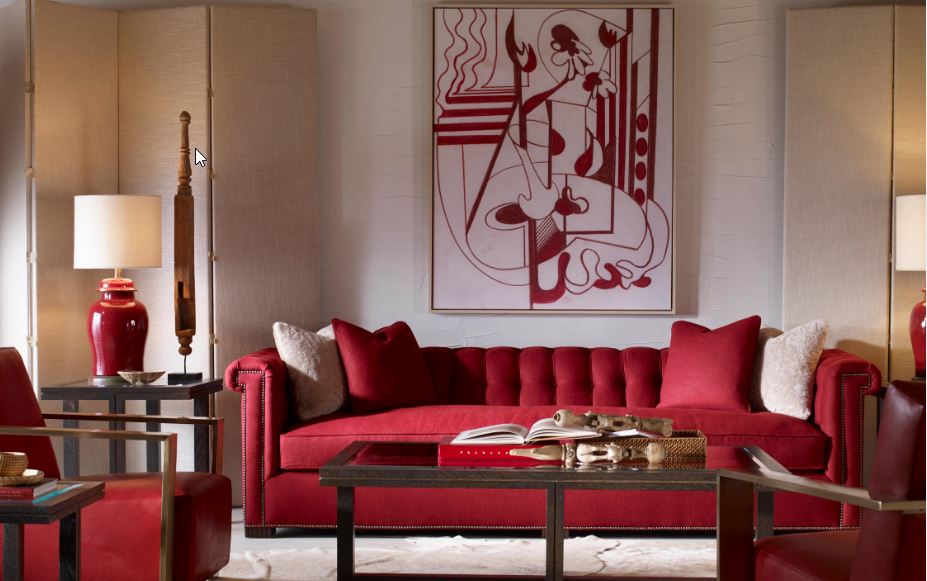
The use of bold colors in design isn’t new; it’s a recurring phenomenon tied to cultural shifts, technological advancements, and collective moods. Understanding this historical rhythm helps contextualize their current strong emergence.
A. Art Deco’s Opulence (1920s-1930s): Following the austerity of World War I, the Jazz Age ushered in an era of glamour and optimism. Art Deco designs burst forth with rich jewel tones—emerald green, sapphire blue, ruby red—often contrasted with gold and black, signifying luxury and modernity.
B. Mid-Century Modern’s Playfulness (1950s-1960s): Post-WWII prosperity brought a desire for cheerful, optimistic aesthetics. Designers embraced bright primary colors and vibrant secondary hues (think mustard yellow, avocado green, and tangerine orange) in furniture, home decor, and fashion, reflecting a sense of futurism and casual living.
C. Pop Art’s Audacity (1960s): Pop Art, challenging traditional fine art, championed everyday objects and popular culture using shocking, saturated colors. Artists like Andy Warhol and Roy Lichtenstein demonstrated how bold, unblended colors could create immediate impact and cultural commentary.
D. Psychedelic and Bohemian Vibrancy (1960s-1970s): Influenced by counter-culture movements, design exploded with kaleidoscopic patterns and unconventional color combinations—fluorescents, deep purples, fiery oranges—reflecting a desire for freedom, experimentation, and a connection to nature’s wild side.
E. The Electric 1980s: The rise of MTV, video games, and consumer technology fueled an era of neon brights, vibrant pastels, and strong contrasts. Electric blues, fuchsia, and lime green became synonymous with energy, exuberance, and technological advancement.
F. Digital Era’s Saturation (Late 1990s-Early 2000s): As computers became ubiquitous, designers had access to a wider color gamut. Early digital aesthetics often featured bright, saturated colors, sometimes bordering on garish, as designers explored the new possibilities of screen-based design.
This cyclical pattern reveals that bold colors emerge strongly when societies seek to express optimism, rebellion, individuality, or a break from previous norms. Their current resurgence taps into these very sentiments.
Bold Colors Across Design Disciplines
The vibrant revolution isn’t confined to a single area; it’s a sweeping trend influencing nearly every facet of the designed world.
I. Interior Design
After years of quiet neutrals, interior design is embracing bold colors to create spaces that are dynamic, inviting, and highly personalized.
A. Statement Walls and Color Blocking: Instead of an entire room, a single wall or a defined architectural feature is often painted in a daring hue like deep teal, mustard yellow, or rich terracotta, creating a focal point and injecting personality without overwhelming the space. Color blocking, using two or more bold colors in distinct zones, adds a modern, artistic touch.
B. Vibrant Furniture and Accents: Neutral backdrops are still common, but they’re now complemented by furniture pieces—sofas, armchairs, cabinets—in striking colors like emerald green velvet, sapphire blue leather, or a shocking pink lacquered finish. Smaller accents like throw pillows, rugs, and decorative objects in bold shades complete the look.
C. Biophilic Boldness: Drawing inspiration from nature, designers are incorporating rich, saturated greens (forest, moss), deep blues (ocean, sky), and warm earth tones (ochre, rust) to create inviting, calming, yet vibrant spaces that connect inhabitants to the outdoors.
D. Maximalist Expressions: Bold colors are a cornerstone of the emerging maximalist trend, where multiple patterns, textures, and vivid hues are layered to create visually rich and eclectic interiors that tell a story.
E. Painted Ceilings and Trim: Moving beyond white, ceilings are now painted in rich, unexpected colors, drawing the eye upwards and adding an element of surprise. Door frames, skirting boards, and window frames are also receiving bold color treatments.
F. Kitchen and Bathroom Revelations: Kitchen cabinetry is seeing a surge in deep greens, blues, and even purples. Bathrooms are becoming jewel boxes with boldly colored tiles, painted vanities, and colorful fixtures, creating luxurious and playful retreats.
Bold colors in interiors are transforming homes from serene sanctuaries into lively reflections of their inhabitants’ personalities, fostering joy and energy.
II. Fashion and Apparel
The runways and street style are ablaze with vibrant hues, as fashion embraces a joyful, uninhibited use of color.
A. Head-to-Toe Monochromatic Looks: Wearing a single bold color from head to toe (e.g., a fuchsia suit, an all-orange dress) makes a powerful statement, conveying confidence and style.
B. Clash and Contrast: Fashion designers are fearlessly combining unexpected, clashing colors—such as hot pink and bright orange, or electric blue and lime green—to create visually arresting and playful outfits that challenge conventional rules.
C. Dopamine Dressing: This trend, directly fueled by bold colors, encourages wearing bright, mood-boosting shades to uplift spirits and express optimism, especially in response to challenging times.
D. Statement Outerwear and Accessories: A bold coat, a vibrant handbag, or brightly colored shoes can instantly elevate a neutral outfit, acting as a powerful pop of color.
E. Digital Saturation Influence: The highly saturated colors prevalent in digital media and virtual fashion are influencing physical garments, leading to incredibly vivid and sometimes almost fluorescent shades.
F. Revival of Retro Palettes: The bold color combinations of the 70s and 80s are being reinterpreted with modern silhouettes and luxurious fabrics, offering a nostalgic yet fresh feel.
Bold colors in fashion empower individuals to express their creativity, confidence, and mood, turning clothing into a form of wearable art.
III. Graphic Design and Branding
In a crowded digital landscape, bold colors are a potent tool for cutting through the noise and creating memorable brand identities.
A. Vibrant Logos and Branding: Companies are moving away from muted, corporate palettes, opting for logos and brand guidelines that incorporate energetic, saturated colors to stand out and convey dynamism.
B. High-Impact Digital Interfaces: Websites and applications are using bold color gradients, strong color blocks, and vivid accents to guide user attention, enhance readability, and create engaging user experiences. Think of applications using bright brand colors as their primary UI elements.
C. Expressive Typography and Imagery: Bold colors are used to make typography pop, or to enhance imagery, turning simple designs into impactful visual statements. This includes colorful duotone effects or vibrant overlays.
D. Packaging That Pops: Retail shelves are becoming a riot of color, with brands using bold, unexpected hues to grab consumer attention and differentiate their products in a visually competitive environment.
E. Brand Personality Through Color: Bold colors are strategically chosen to convey specific brand attributes: bright yellow for optimism, deep purple for luxury, electric blue for innovation, allowing brands to communicate their essence instantly.
F. Maximalist Layouts: Some graphic designers are embracing a maximalist approach with bold colors, layering elements, patterns, and typography to create dense, visually rich, and highly memorable compositions.
Bold colors in graphic design are about making an undeniable statement, ensuring that a brand or message is not just seen but felt, creating an immediate emotional connection.
IV. Product Design
From consumer electronics to home goods, product design is using bold colors to transform everyday objects into covetable, expressive pieces.
A. Electronics as Fashion Statements: Laptops, headphones, and smartphones are now available in a kaleidoscope of vibrant colors, turning functional devices into extensions of personal style.
B. Colorful Appliances: Kitchen appliances, once exclusively white, black, or stainless steel, are now seen in striking shades of red, blue, green, and even retro pastels, adding personality to culinary spaces.
C. Statement Furniture Pieces: Chairs, lamps, and decorative objects are being designed in single, bold colors, allowing them to act as sculptural elements within a room, drawing the eye and adding a playful touch.
D. Toys and Children’s Products: Always a realm for bright colors, this sector continues to push boundaries with even more sophisticated and often highly saturated palettes that appeal to both children and design-conscious parents.
E. Outdoor and Sportswear Gear: Performance gear is increasingly incorporating bold, high-contrast colors for both aesthetics and visibility, reflecting an active and energetic lifestyle.
F. Sustainable Color Innovations: Research into natural dyes, bio-pigments, and more sustainable coloring processes is allowing designers to achieve bold hues with a reduced environmental footprint.
Bold colors in product design demonstrate a desire for objects that are not just functional but also bring joy, express individuality, and serve as vibrant elements in our daily lives.
The Psychology and Power of Bold Colors
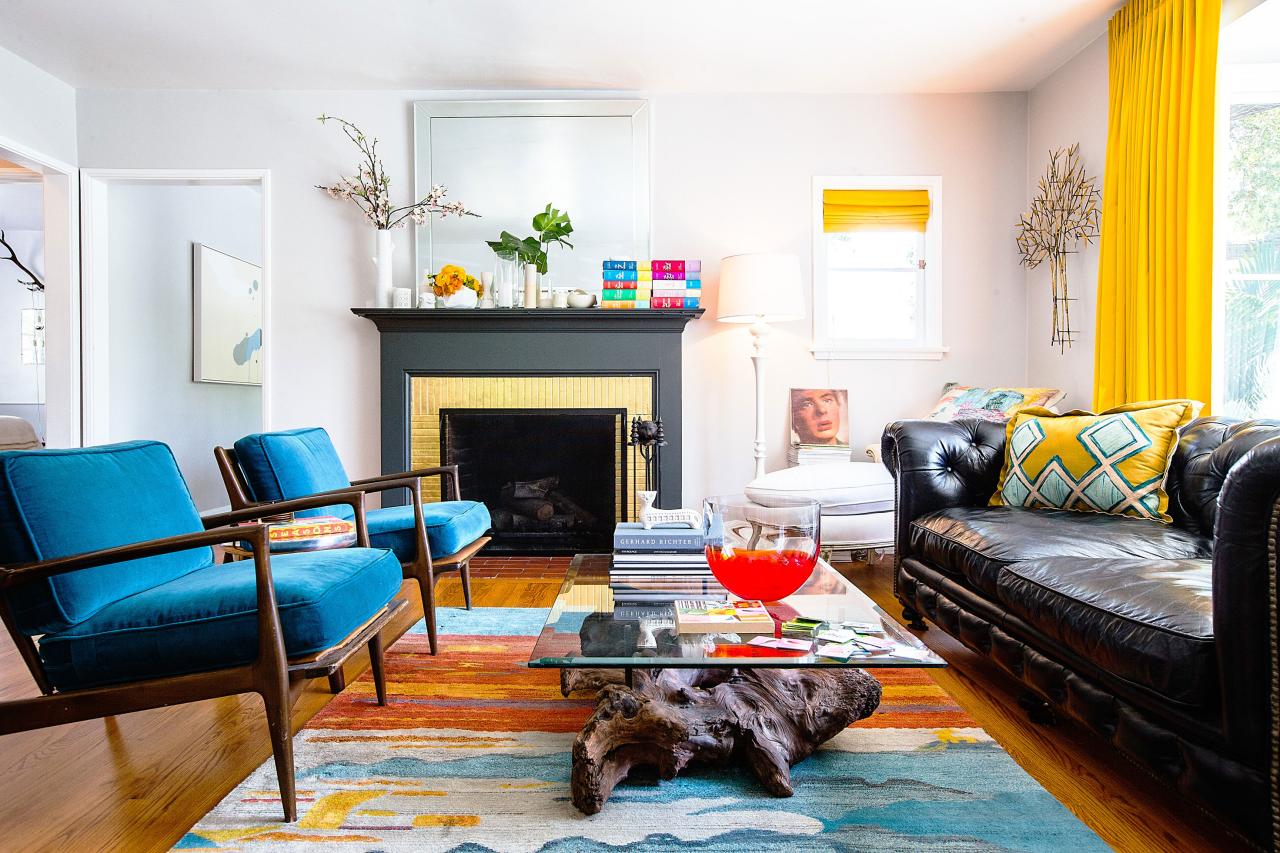
The effectiveness of bold colors stems from their profound psychological impact on human perception and emotion.
A. Attention-Grabbing and Memorable: Saturated, intense colors immediately draw the eye and are more easily remembered than muted tones. This makes them highly effective for branding and advertising.
B. Energy and Excitement: Bright colors, especially warm ones like red, orange, and yellow, are associated with high energy, enthusiasm, and dynamism. They can evoke feelings of excitement and urgency.
C. Optimism and Positivity: Vibrant palettes often convey a sense of optimism, playfulness, and joy. They can uplift moods and create a more positive psychological environment.
D. Confidence and Authority: Using bold colors can communicate confidence, strength, and a willingness to stand out. Brands that use them often project a fearless and innovative image.
E. Emotional Connection: Certain bold colors can evoke strong emotional responses or cultural associations. For example, deep blues can convey trustworthiness, while vivid purples might suggest creativity or luxury.
F. Differentiation and Uniqueness: In a world that sometimes feels uniform, bold colors provide a powerful means of differentiation, allowing individuals, brands, and spaces to express their unique identity.
G. Sensory Stimulation: For some, bold colors offer a desirable level of sensory stimulation, appealing to a desire for rich, engaging visual experiences.
Understanding these psychological effects empowers designers to wield bold colors not just for visual appeal, but as strategic tools to influence behavior, communicate values, and shape emotional landscapes.
When and How to Use Bold Colors Effectively
While the appeal of bold colors is strong, their effective application requires careful consideration and strategic thinking.
A. Context is Key: The appropriateness of bold colors depends heavily on the context. A vibrant advertising campaign might be perfect, while a subtle, calming healthcare environment might require a more restrained palette.
B. Balancing with Neutrals: Often, the most impactful use of bold colors involves balancing them with strategic amounts of neutral tones (white, grey, black, natural wood). This allows the bold colors to truly “pop” without overwhelming the viewer.
C. Understanding Color Theory: Knowledge of complementary colors, analogous colors, and color harmonies is crucial. Even when being daring, an underlying understanding of color relationships helps prevent a chaotic outcome.
D. Purposeful Contrast: Bold colors are excellent for creating contrast, which can be used to highlight important elements, delineate zones, or add visual excitement.
E. Considering Audience and Culture: Different cultures have varying associations with colors. Designers must research their target audience to ensure the chosen bold colors resonate positively.
F. Durability and Longevity: While bold colors are trending, designers must consider if the chosen hue will remain appealing over the lifespan of the product or design. Timeless bold colors or easy-to-update accents can mitigate this.
G. Accessibility: Ensure that the use of bold colors does not hinder accessibility, especially for individuals with color blindness or visual impairments. Sufficient contrast and alternative indicators are crucial.
Mastering the art of bold color application involves a blend of intuition, psychological understanding, and strategic planning, ensuring that the vibrancy enhances, rather than detracts from, the overall design.
The Future of Bold Colors
The strong emergence of bold colors is not a fleeting moment but rather a significant indication of a broader cultural appetite for expression, individuality, and optimism.
A. Increased Personalization: As design becomes more customized, bold colors will play an increasing role in allowing individuals to tailor their environments and possessions to reflect their unique personalities.
B. Digital Influence Continues: The highly saturated and adaptable nature of digital colors will continue to inspire and push the boundaries of color use in physical design, perhaps leading to even more vibrant and dynamic aesthetics.
C. Sustainable Color Innovations: Advances in natural dyes, eco-friendly pigments, and less resource-intensive coloring processes will enable designers to achieve stunning bold hues with a reduced environmental footprint.
D. Cross-Pollination of Disciplines: Expect to see even more cross-pollination, where bold color trends from fashion quickly influence interiors, graphic design, and product development, creating a cohesive, vibrant aesthetic across our lives.
E. AI-Driven Color Palettes: AI might soon be able to generate optimal bold color palettes based on desired emotional responses, target demographics, and current trends, offering designers even more sophisticated tools.
F. Experiential Color: As design becomes more experiential, bold colors will be integral to creating immersive environments, light installations, and interactive spaces that evoke powerful emotional responses.
Conclusion
The future promises an even bolder and brighter world, where color is celebrated for its ability to transform, uplift, and communicate. The reign of bold colors signifies a collective desire for designs that are not just beautiful, but also energetic, memorable, and profoundly expressive. Get ready to embrace the full spectrum!

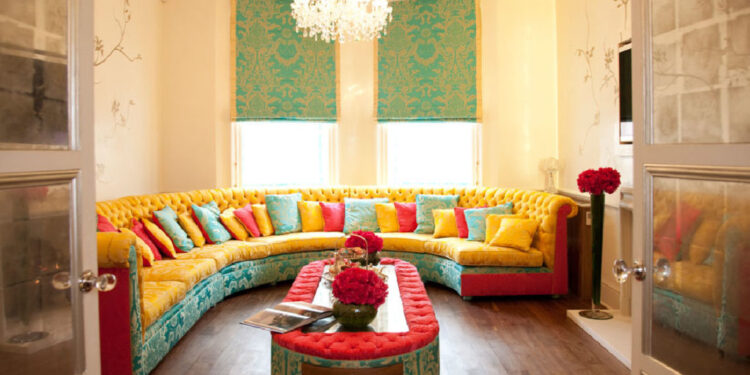
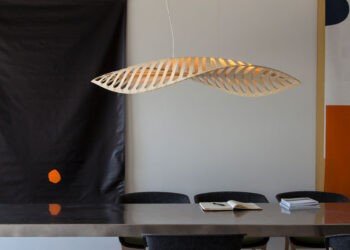
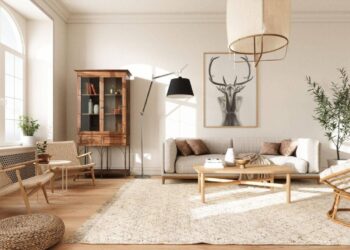

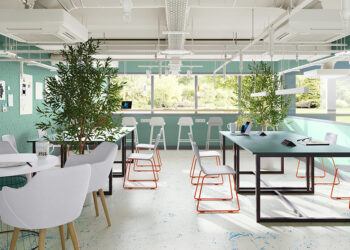
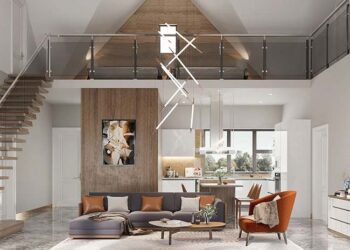
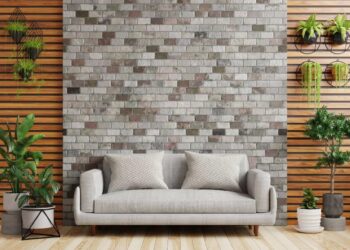

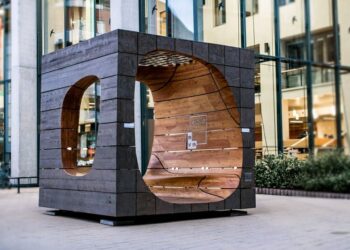

Discussion about this post